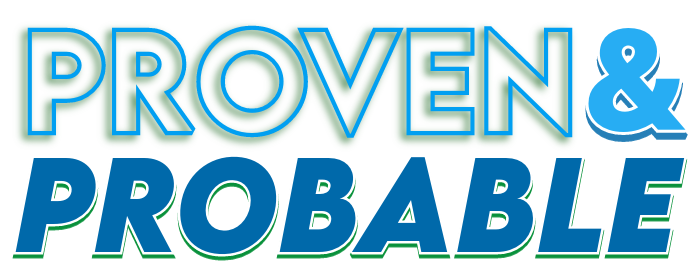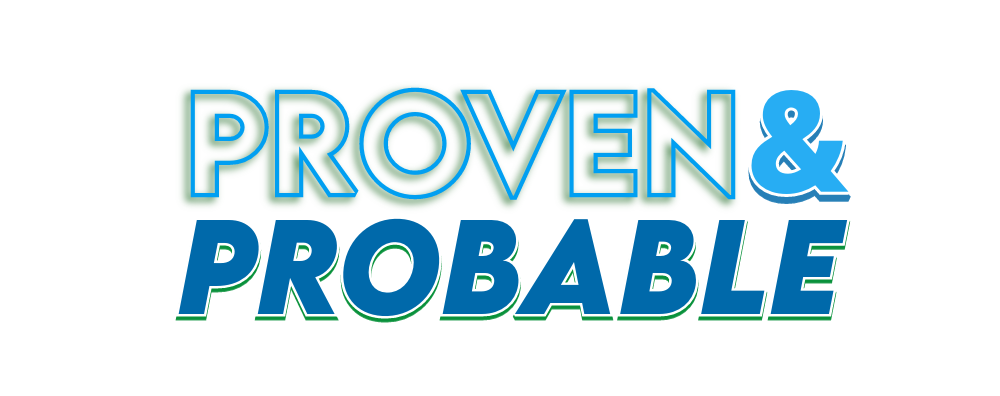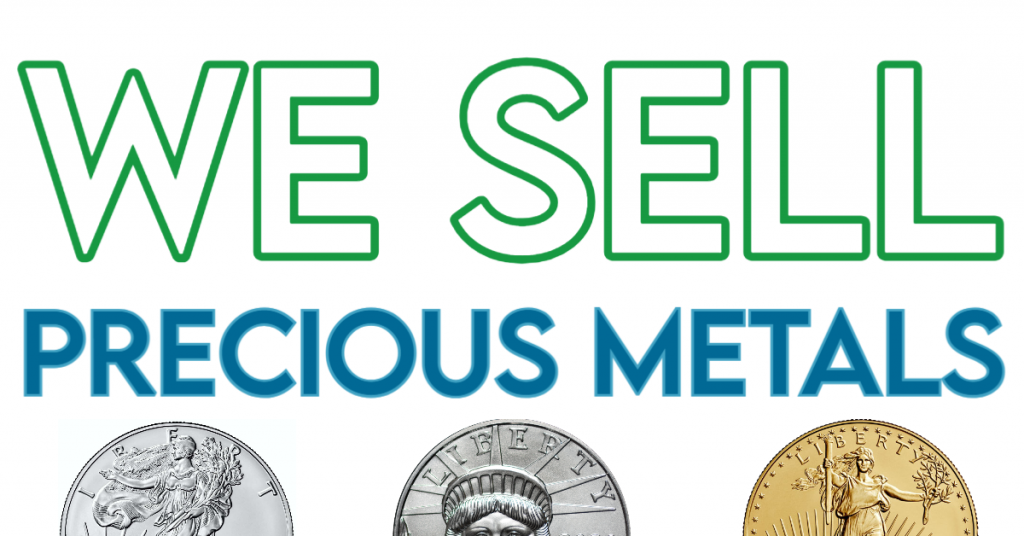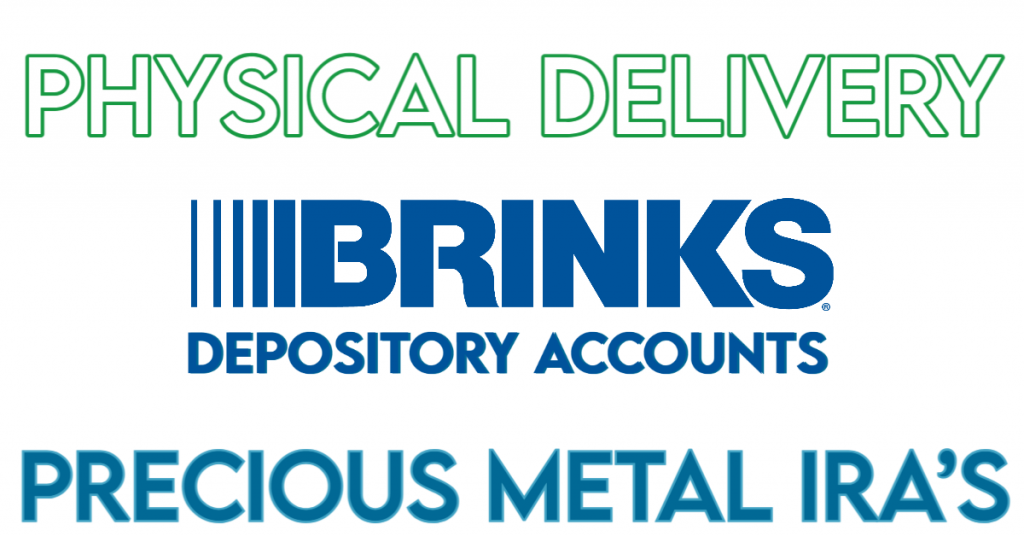Edmonton, Alberta–(Newsfile Corp. – April 4, 2024) – Grizzly Discoveries Inc. (TSXV: GZD) (FSE: G6H) (OTCQB: GZDIF) (“Grizzly” or the “Company”) is pleased to announce all assay results for the 2023 rock and soil samples collected from the Company’s 172,000 acre Greenwood District including newly acquired and staked mineral claims in the Westbridge and Beaverdell areas, have been received. Significant and important high grade results for gold (Au), silver (Ag), copper (Cu), lead (Pb) and zinc (Zn) have been received from a number of important target areas explored during 2023 and prior to that 2022. The priority list of targets includes Midway (including the Midway Mine and the Lois area), Imperial, Crown Point, Copper Mountain (Mabel Jenny and Coronation), Sappho, Marshall Lake, Motherlode, Colby and Enterprise. A number of these targets are new through acquisition and/or staking and have not been drill tested in decades if ever, including the Midway Mine, Lois, Imperial, Crown Point, Marshall Lake, Colby and Enterprise (Figure 1).
Brian Testo, President and CEO of Grizzly Discoveries, stated, “We are excited with the new results to date from the Greenwood District area and we are planning follow-up exploration including extensive soil and rock sampling along with ground geophysical surveys to be followed by drilling. Much of the newly acquired ground has seen little exploration and evaluation since the 1980’s. We also are looking forward to pursuing a number of high grade gold – silver – copper showings and historical mines with drilling in 2024 along with additional exploration for significant battery metals in our current 170,000+ acre land holdings in the Greenwood District. We have barely scratched the surface in terms of exploration!“
The Company currently has active drilling permits for the Ket 28, Dayton and the Motherlode areas. The Company is awaiting permits for drilling +/- trenching at the Midway, Imperial, Sappho and Copper Mountain target areas. Depending upon funding, the Company is planning for an aggressive drilling campaign for 2024 in order to take advantage of the outstanding metal prices.
The focus of the 2023 program was ground work for assessment and follow up work on a number of targets that returned excellent results during prior years including 2022. In addition, work was also conducted on a number of new targets acquired by staking and/or acquisition in the area while the Company waits for drilling and trenching permits. Highlights of the 2023 work are as follows:
Highlights:
- The 2023 program saw the collection of a total of 755 rock grab or rock chip samples across the property from May to November, 2023 along with a total of 4,065 soil samples, mostly split between the Midway and Imperial target areas, with some sampling at Beaverdell.
- Land acquisition during 2023 included new mineral claims at Beaverdell, Westbridge and in the Greenwood area at Midway, north of Midway, east of the town of Greenwood in the Marshall Lake area adjacent to the historical Phoenix Mine.
Marshall Lake
- A total of 103 rock grab samples were collected from outcrop and mineralized dump material across the new Marshall Lake mineral claims staked in August (Figure 1. See Company News Release dated November 22, 2023) yielding 24 samples with >0.5 grams per tonne (g/t) gold (Au) (0.015 ounces per ton [opt]) up to 154.5 g/t (4.51 opt) Au (including 15 samples >1 g/t Au), along with high silver (Ag) up to 205 g/t (5.98 opt) Ag and high copper up to 8.44 percent (%) Cu (Figures 1 and 2).
- The high gold values are often accompanied by high copper in the 0.1 to 0.6% range. The anomalous values are associated with high sulphide (pyrite and chalcopyrite) material in what appears to be gossanous skarnified sedimentary rocks.

Figure 1: Land position and targets of interest for future exploration, Greenwood Project.
To view an enhanced version of this graphic, please visit:
https://images.newsfilecorp.com/files/4488/204221_14fb5b86f44cabb8_002full.jpg
Midway Mine Area
- Two new showings identified in 2023 near the historical Midway Mine including up 5.64 g/t Au (0.165 opt) from a showing 400 m to the north of Midway and up to 4.19 g/t Au (0.122 opt) from a grab sample collected about 375 m to the west of the Midway Mine (Figure 3).
- At least 6 new areas with anomalous gold (> 100 ppb), copper (>200 ppm) and silver in soils have been identified at Midway (Figure 3).
- The Midway area is being targeted for copper-gold skarn and epithermal gold-silver.
- At Midway, selective rock grab and composite rock grab samples collected during 2022 from outcrop at the Midway Mine-Picturestone area, yielded a range of 12.05 g/t Au (or 0.351 opt) up to 70.8 g/t Au (2.065 opt) (See Company news release dated October 17, 2022).
- Three (3) of the 7 selective rock grab samples from the Midway Mine yielded from 1,360 g/t Ag (39.7 opt) up to 2,140 g/t Ag (62.4 opt) (see the Company news release dated October 17, 2022).
- All highly anomalous samples are from outcrop and characterized by the presence of abundant pyrite, arsenopyrite with visible galena and sphalerite in a siliceous chalcedonic host. The mineralization is hosted in polymetallic veins that display the presence of Pb, Zn, Cu, arsenic (As) and antimony (Sb) and are likely epithermal in nature.
- A selective rock grab sample from outcrop 200 m west of the main Midway Mine yielded 15.85 g/t Au (0.462 opt) and 1,530 g/t Ag (44.6 opt), illustrating that there is potential for additional high-grade mineralization in the area (Figure 3).

Figure 2: Initial 2023 Gold Results from Rock Sampling – Marshall Lake Area, Greenwood Project.
To view an enhanced version of this graphic, please visit:
https://images.newsfilecorp.com/files/4488/204221_14fb5b86f44cabb8_003full.jpg
Figure 3. Midway Geology and Showings with Gold in Soils and Rocks. To view an enhanced version of this graphic, please visit:
https://images.newsfilecorp.com/files/4488/204221_14fb5b86f44cabb8_004full.jpg
Copper Mountain Area
- A new showing at the western edge of the Mabel Jenny Trend at the Copper Mountain area continues to yield excellent results including 9 of 14 rock grab and chip samples collected during 2023 from the new zone yielding greater than 1 g/t Au (0.029 opt) up to 13.75 g/t Au (0.401 opt) along with up to 61.9 g/t Ag (1.805 opt), and up to 0.475% Cu and 2.93% Zn.
- The strike length of the new zone is more than 400 m along a new logging road cut when combined with anomalous samples from 2022 (See Company News Release dated October 12, 2023).
- The showings are related to pyrite and chalcopyrite in quartz veins, breccia and stockwork associated with an altered (likely Jurassic?) diorite.

Figure 4. Copper Mountain, Colby, Imperial Showings with Gold in Soils and Rocks.
To view an enhanced version of this graphic, please visit:
https://images.newsfilecorp.com/files/4488/204221_14fb5b86f44cabb8_005full.jpg
Colby – Enterprise (Westbridge Area)
- A total of 51 rock grab samples were collected from outcrop and mineralized dump material across the Colby and Enterprise claims acquired in early 2023 (Figure 4).
- Rock grab samples (40) from showings and mineralized dumps in the Colby area returned 13 samples with >1.0 g/t Au (0.029 opt) and 8 samples with >5.0 g/t Au up to 26.2 g/t Au (0.764 opt) including 12 grab samples with >30.0 g/t Ag (0.875 opt) up to 460 g/t Ag (13.42 opt).
- The high Au and Ag values are often accompanied by high lead and zinc in the 0.1 – 1% range. The high values are associated with gossanous pyritic material in quartz veins and breccia in what appears to be quartzite in contact with a diorite or felsic porphyry (Figure 4).
- A total of 11 selected rock grab samples from the Enterprise showing and historical workings yielded 3 grab samples with >1.0 g/t Au (0.029 opt) up to 32.0 g/t Au (0.933 opt) including 3 grab samples with >30.0 g/t Ag (0.875 opt) up to 187 g/t Ag (13.42 opt).
- Sulphide mineralization at the Colby and Enterprise historical workings is associated with quartz veins, breccia and skarnified/silicified sedimentary rocks and intrusions. The alteration patterns are consistent with intermediate sulphidation epithermal mineralization.
Imperial Mine Area
- A total of 50 new rock grab and rock chip samples collected from the historical Imperial Mine area, with 6 samples returning greater than 1 g/t Au (0.029 opt) up to 12.1 g/t Au (0.353 opt) and 8 samples returning greater than 40 g/t Ag (1.167 opt) up to 469 g/t Ag (13.68 opt). The samples define a targeted strike length of over 170 m for future drilling. The samples yield significant amounts of lead, zinc and copper with several samples yielding greater than 2% combined base metals.
- Extensive soil sampling utilizing a conventional soil sampling methodology and a test of ionic leach soil sampling has yielded a number of new additional targets to follow up outside of the Imperial Mine area to the north in the area of the historical Riverside and Commonwealth showings (about 750 m north of the Imperial mine) along with a new area about 3 km to the north.
Plans For 2024 Exploration at Greenwood:
An extensive rock and soil sampling program along with new geological mapping during 2023 has been completed in preparation for drilling at a number of locations in the Greenwood Area in 2024. Drilling is warranted at all of the targets described above. As well, a number of targets that warrant drilling based upon prior work are described in highlight form below.
The Company currently has active drilling permits for Ket 28, Dayton and the Motherlode target areas. The Company is awaiting permits for drilling +/- trenching at the Midway, Imperial, Sappho and the Copper Mountain target areas. Depending upon funding the Company is planning for an aggressive drilling campaign for 2024 in order to take advantage of the outstanding metal prices.
Motherlode Area
- Results received for drilling at the Motherlode North polymetallic and skarn targets are comprised of copper-gold-silver +/- lead-zinc (Cu-Au-Ag +/- Pb-Zn) targets 500 to 750 m north and northeast of the historical Motherlode Mine (not owned by the Company), which produced significant amounts of Cu, Au and Ag including 173,000 ounces (oz) of Au, 688,000 oz of Ag and 77 million lbs of Cu between 1896 and 1918 and 1956 to 1963 (BC Minfile 082ESE034).
- Prior drilling by Grizzly intersected up 17.15 g/t Au, 41.7 g/t Ag, along with 0.56% Pb and 1.51% Zn over 1.5 m core length at one of the skarn targets north of the Motherlode Pit (Table 1).
- Skarn and sulphide rich mineralization, along with widespread hornfels and propylitic alteration have been intersected in most of the 2022 Motherlode North (22ML07 to 15) and the two (22MR01 & 02) Marguerite core holes (Figure 4).
- Follow-up drilling is being planned for 2024 for the Motherlode area.
Sappho Area
- The Sappho area is being targeted for copper-gold-PGEs skarn and porphyry type targets associated with an alkalic intrusion and several diorite intrusions south of Greenwood near the US border.
- At least five new showings of copper oxide/sulphide mineralization were found during the 2022 program at the Sappho Target.
- Previous surface sampling and drilling by Grizzly at the Sappho area has yielded significant anomalous copper, gold, silver along with platinum and palladium.
- Numerous rock grab samples have yielded greater than 1% copper, 1 g/t gold, 1 g/t platinum and 1 g/t palladium (see Company news release dated November 3, 2022).
- Historical drilling (by the Company) has yielded up to 0.31% Cu, 0.75 g/t Au, 0.34 g/t Pt, 0.39 g/t Pd and 6.57 g/t Ag over 6.5 m core length in skarn at Sappho in 2010.
- Further drilling is warranted and has been applied for at Sappho for 2024.
Dayton Area
- The Company completed 4 core holes for 1,014 m at the copper-gold Dayton Skarn/Porphyry Prospect in 2022 (Figure 1).
- The Dayton IP2 target (an induced polarization chargeability anomaly) was tested by the Company with a single hole in 2011 and intersected potassic altered volcanics and intrusives with a near surface intersection (11DA-009) of 0.15% Cu and 0.43 g/t Au (or 0.46% CuEq*) over 51 m core length starting at a depth of 3 m Table 1).
- Comparable sulphide zones, skarn and potassic alteration were intersected in the 2022 drilling at the Dayton IP2 target.
- New intersections at Dayton include hole 22DA-016 with 0.062% Cu, 0.221 g/t Au and 1.89 g/t Ag (0.221% CuEq*) over 180 m core length, 22DA-017 with 0.057% Cu, 0.149 g/t Au and 1.76 g/t Ag (0.177% CuEq*) over 184 m core length, and 22DA-015 with 0.033% Cu, 0.155 g/t Au and 2.06 g/t Ag (0.162% CuEq*) over 44.5 m core length.
- Intercepts are all associated with an Induced Polarization (IP) Chargeability anomaly (IP2) and mineralization appears to plunge and thicken to the north down plunge in conjunction with an apparent plunge of the IP Chargeability anomaly.
- Further drilling is planned for the Dayton IP2 anomaly. Permits are already in place to conduct further drilling.
*CuEq calculated using ratios of Au:Cu 1:7,080 and Ag:Cu 1:88.5.
Quality Assurance and Control
Rock and soil samples were analyzed at ALS Global Laboratories (Geochemistry Division) in Vancouver, Canada (an ISO/IEC 17025:2017 accredited facility). Gold was assayed using a fire assay with atomic emission spectrometry and gravimetric finish when required (+10 g/t Au). Rock grab and rock chip samples from outcrop/bedrock are selective by nature and may not be representative of the mineralization hosted on the project.
The sampling program was undertaken by Company personnel under the direction of Michael B. Dufresne, M.Sc., P.Geol., P.Geo. A secure chain of custody is maintained in transporting and storing of all samples.
The technical content of this news release and the Company’s technical disclosure has been reviewed and approved by Michael B. Dufresne, M. Sc., P. Geol., P.Geo., who is the Qualified Person as defined by National Instrument 43-101 Standards of Disclosure for Mineral Projects.
GRANT OF STOCK OPTIONS
The Board of Directors of Grizzly have authorized the issuance of an aggregate 3,000,000 stock options to Officers, Directors, and Consultants of Grizzly with an exercise price of $0.05 and expiring on April 2, 2029, or earlier in accordance with the Company’s Stock Option Plan. 2,500,000 of the options authorized for issuance will be issued to insiders of Grizzly. All of the options will vest immediately upon issuance. The grant of stock options is subject to the approval of the TSX Venture Exchange.
ABOUT GRIZZLY DISCOVERIES INC.
Grizzly is a diversified Canadian mineral exploration company with its primary listing on the TSX Venture Exchange focused on developing its approximately 72,700 ha (approximately 180,000 acres) of precious and base metals properties in southeastern British Columbia. Grizzly is run by a highly experienced junior resource sector management team, who have a track record of advancing exploration projects from early exploration stage through to feasibility stage.
On behalf of the Board,
GRIZZLY DISCOVERIES INC.
Brian Testo, CEO, President
Suite 363-9768 170 Street NW
Edmonton, Alberta T5T 5L4
For further information, please visit our website at www.grizzlydiscoveries.com or contact:
Nancy Massicotte
Corporate Development
Tel: 604-507-3377
Email: nancy@grizzlydiscoveries.com
Neither the TSX Venture Exchange nor its Regulation Services Provider (as that term is defined in the policies of the TSX Venture Exchange) accepts responsibility for the adequacy or accuracy of this release.
Caution concerning forward-looking information
This press release contains “forward-looking information” and “forward-looking statements” within the meaning of applicable securities laws. This information and statements address future activities, events, plans, developments and projections. All statements, other than statements of historical fact, constitute forward-looking statements or forward-looking information. Such forward-looking information and statements are frequently identified by words such as “may,” “will,” “should,” “anticipate,” “plan,” “expect,” “believe,” “estimate,” “intend” and similar terminology, and reflect assumptions, estimates, opinions and analysis made by management of Grizzly in light of its experience, current conditions, expectations of future developments and other factors which it believes to be reasonable and relevant. Forward-looking information and statements involve known and unknown risks and uncertainties that may cause Grizzly’s actual results, performance and achievements to differ materially from those expressed or implied by the forward-looking information and statements and accordingly, undue reliance should not be placed thereon.
Risks and uncertainties that may cause actual results to vary include but are not limited to the availability of financing; fluctuations in commodity prices; changes to and compliance with applicable laws and regulations, including environmental laws and obtaining requisite permits; political, economic and other risks; as well as other risks and uncertainties which are more fully described in our annual and quarterly Management’s Discussion and Analysis and in other filings made by us with Canadian securities regulatory authorities and available at www.sedarplus.ca. Grizzly disclaims any obligation to update or revise any forward-looking information or statements except as may be required by law.

To view the source version of this press release, please visit https://www.newsfilecorp.com/release/204221














